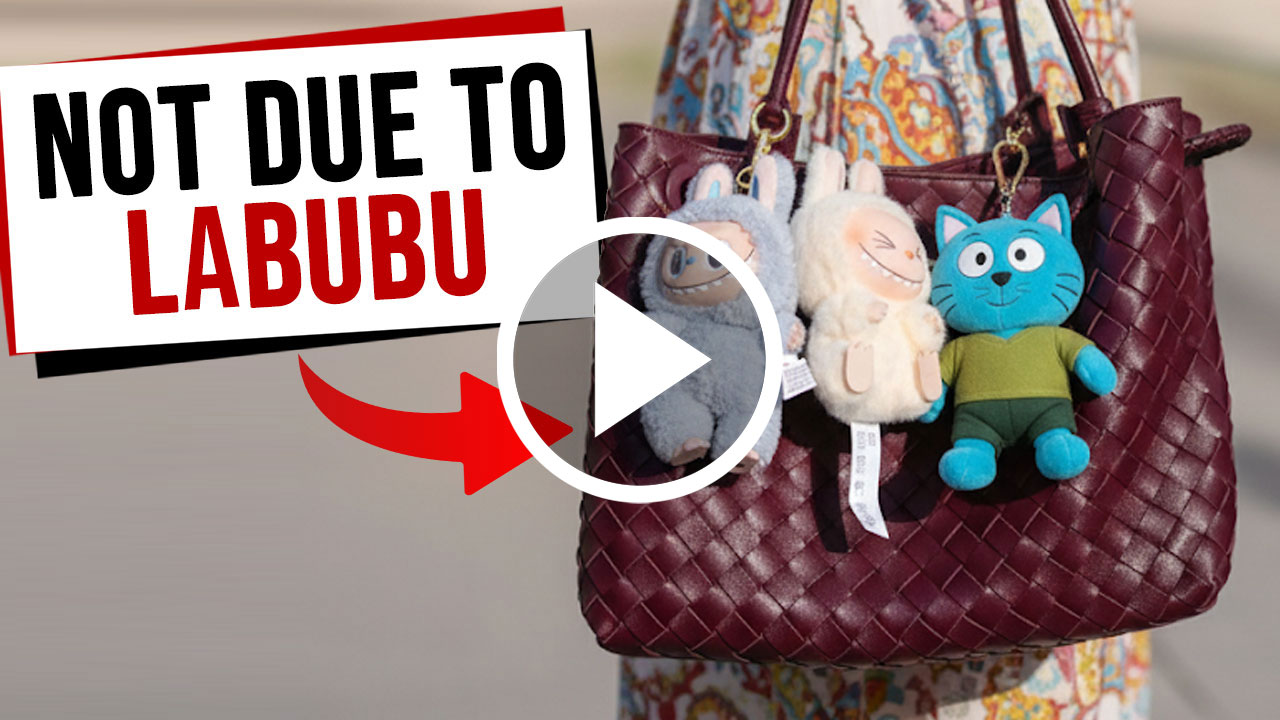I used to be that one guy who had quite a few tuition classes.
Eventually, I was convinced that it didn’t really help me much, and decided to stay in school for extra help.
Except you, English tuition.
I’m writing in Goody Feed for a reason.

It was also my teachers who told me to just pay more attention in class honestly.
Which is why I was surprised to know that 10% of school teachers actually gave tuition outside.
Statistics And Concerns
Now I’m wondering if any of my former teachers did this.

According to Education Minister Ong Ye Kung, 1 in 10 teachers with the Ministry of Education (MOE) currently give private tuition.

However, he stands by the fact that the practice is not very prevalent.
Ong mentions that the MOE will keep monitoring the teachers, as their primary duties are still to manage the education of students in their respective schools.
He added that MOE will review their guidelines and regulations for teachers who are giving paid private tuition.
I personally feel that if the teachers can strike a balance, it should be alright. It’s more concerning if their mind can handle it.

However, if the tuition job and MOE teaching one spillover, it should be the teacher’s duty to know their priorities.
Understandably, several parliament members were also concerned, wondering if teachers in public sectors should be allowed to carry out such extra work.
Tuition Trap
You know this is something I love: the numbers.
Singaporeans are pretty obsessed with tuition, but how much do we actually spend on it?
Well, according to a Straits Times article…about $1.4 billion in 2018.

I reeled back typing that myself. In fact, I’m still staring at the number.
Ong recognises that tuition can be a helpful tool for students who are falling behind and need a bit of assistance in coping.
“We also know that, at heart, many parents send their children for tuition out of care and concern for their child.”
i.e. kiasu
However, he also feels that it could be counter-intuitive for students already performing well.
The most common concern was that it would form a mindset that grades were the only way to be successful, which was not what the MOE strives for.
Controlling the Situation
There have been steps over the years taken to ease the tuition phenomena.
Ong listed several policy changes MOE has made so far, under its Learn for Life movement:
- Expanding the number of Direct School Admission places in schools
- Reducing school-based assessments
- Implementing changes to the PSLE scoring system in two years’ time
- Making curriculum more inquiry and experimental based
Ong also directs students who need extra help in subjects like maths or English to smaller, support classes related to external help groups.
While all that might be good, I do feel at the end of the day, it’s a joint effort between parents and the education community.
Changes can be implemented, but if the excessive need for something doesn’t stop, nothing will happen.
“Together with parents, we can shift the culture to one where our children have the self-confidence and support from their families, schools and peers to manage their learning, instead of turning to tuition as the default option whenever they feel they need help,” Ong said.




